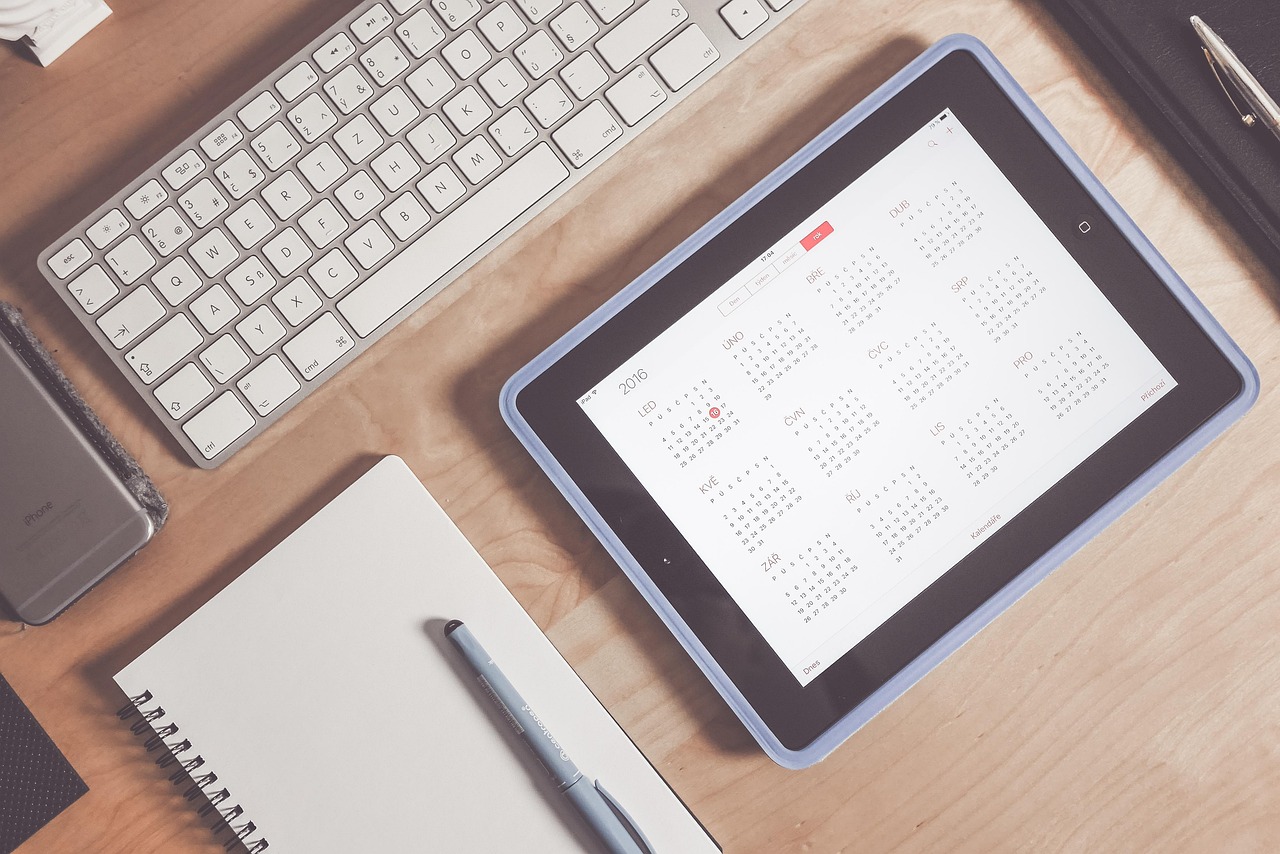In today’s fast-paced work environment, maximizing office productivity is not just a buzzword; it’s a necessity for business success. Whether you’re a small startup or a large corporation, boosting the efficiency and effectiveness of your workforce can lead to increased profitability, improved employee morale, and a competitive edge. This comprehensive guide will explore practical strategies and actionable tips to help you unlock the full potential of your office productivity.
Optimize Your Workspace
A well-organized and comfortable workspace can significantly impact employee focus and output. Creating an environment conducive to productivity is essential.
Ergonomics Matter
- Adjustable Furniture: Invest in ergonomic chairs, adjustable desks, and monitor stands. Proper posture reduces strain and fatigue, allowing employees to work comfortably for longer periods.
Example: A sit-stand desk allows employees to alternate between sitting and standing throughout the day, promoting better circulation and reducing back pain.
- Lighting: Natural light is ideal, but if it’s limited, use full-spectrum light bulbs. Poor lighting can cause eye strain and headaches, hindering productivity.
Example: Consider installing blinds or shades to control glare and adjust the amount of natural light entering the workspace.
- Organization: A clean and clutter-free desk is a productive desk. Provide adequate storage solutions like drawers, shelves, and file cabinets.
Example: Encourage employees to implement a daily “end-of-day” clean-up routine to clear their desks of unnecessary items.
Minimize Distractions
- Noise Control: Implement strategies to reduce noise levels, especially in open-plan offices.
Example: Provide noise-canceling headphones, install sound-absorbing panels, or create quiet zones for focused work.
- Clear Communication Channels: Establish clear guidelines for communication to avoid unnecessary interruptions.
Example: Encourage employees to use instant messaging or email for non-urgent matters and schedule dedicated time for meetings.
- Personalization Within Limits: Allow employees to personalize their workspaces to a certain extent, but ensure it doesn’t become distracting for themselves or others.
Example: Encourage employees to bring plants, photos, or small decorations, but discourage excessive clutter or items that could be disruptive.
Streamline Communication & Collaboration
Effective communication and collaboration are vital for a productive office environment.
Leverage Communication Tools
- Instant Messaging: Tools like Slack or Microsoft Teams enable quick and efficient communication, especially for time-sensitive matters.
Example: Create specific channels for different projects or departments to keep conversations organized and relevant.
- Video Conferencing: Platforms like Zoom or Google Meet facilitate seamless virtual meetings, reducing travel time and costs.
Example: Use video conferencing for team meetings, client presentations, or training sessions to foster better engagement and collaboration.
- Email Management: Implement strategies to manage email overload, such as using filters, folders, and scheduling dedicated time for email processing.
Example: Encourage employees to use the “inbox zero” method to keep their inboxes organized and respond to emails promptly.
Foster Teamwork
- Collaborative Platforms: Use project management tools like Asana, Trello, or Monday.com to streamline workflows and track progress.
Example: Assign tasks, set deadlines, and track progress in a centralized location to ensure everyone is on the same page.
- Regular Team Meetings: Schedule regular team meetings to discuss progress, address challenges, and brainstorm ideas.
Example: Keep meetings focused and productive by setting a clear agenda, assigning roles, and sticking to the allotted time.
- Knowledge Sharing: Encourage employees to share their expertise and knowledge through internal wikis, training sessions, or mentorship programs.
Example: Create a central repository of resources, best practices, and lessons learned to facilitate knowledge sharing and avoid reinventing the wheel.
Implement Effective Time Management Techniques
Time management is crucial for maximizing individual and team productivity.
Prioritize Tasks
- Eisenhower Matrix: Use the Eisenhower Matrix (Urgent/Important) to prioritize tasks and focus on high-impact activities.
Example: Categorize tasks into quadrants: Urgent and Important (do immediately), Important but Not Urgent (schedule), Urgent but Not Important (delegate), and Neither Urgent nor Important (eliminate).
- Time Blocking: Allocate specific blocks of time for different tasks to maintain focus and avoid multitasking.
Example: Schedule dedicated time for answering emails, working on projects, and attending meetings to structure your day effectively.
Avoid Multitasking
- Focus on Single Tasks: Encourage employees to focus on one task at a time to improve concentration and accuracy.
Example: Close unnecessary tabs and applications, silence notifications, and dedicate your full attention to the task at hand.
- Pomodoro Technique: Use the Pomodoro Technique (25 minutes of focused work followed by a 5-minute break) to maintain concentration and prevent burnout.
Example: Set a timer for 25 minutes, work on a specific task without interruptions, and then take a short break to stretch, walk around, or relax your eyes.
Encourage Breaks
- Short Breaks: Encourage employees to take short breaks throughout the day to rest and recharge.
Example: Take a 5-minute break every hour to stretch, walk around, or do something enjoyable to avoid mental fatigue.
- Longer Breaks: Encourage employees to take longer breaks for lunch or exercise to improve their overall well-being.
Example: Use your lunch break to go for a walk, eat a healthy meal, or engage in a relaxing activity to return to work feeling refreshed and energized.
Invest in Training and Development
Investing in employee training and development can significantly improve skills and productivity.
Skill Enhancement
- Training Programs: Offer training programs to enhance employees’ technical and soft skills.
Example: Provide training on software applications, project management methodologies, communication skills, and leadership development.
- Online Courses: Encourage employees to take online courses to expand their knowledge and stay updated on industry trends.
Example: Offer access to platforms like Coursera, Udemy, or LinkedIn Learning to provide employees with a wide range of learning opportunities.
Performance Feedback
- Regular Feedback: Provide regular feedback to employees to help them improve their performance and identify areas for development.
Example: Schedule regular one-on-one meetings with employees to discuss their progress, provide constructive criticism, and offer support.
- Performance Reviews: Conduct regular performance reviews to assess employee performance, set goals, and develop action plans.
Example: Use a standardized performance review process to ensure fairness and consistency in evaluating employee performance.
Embrace Automation and Technology
Leveraging automation and technology can streamline processes and free up employees to focus on more strategic tasks.
Automate Repetitive Tasks
- Task Automation: Use automation tools to automate repetitive tasks, such as data entry, report generation, and email marketing.
Example: Use Zapier or IFTTT to automate tasks between different applications, such as adding new leads to your CRM or posting updates to social media.
- Workflow Automation: Implement workflow automation tools to streamline complex processes, such as invoice processing, employee onboarding, and customer support.
Example: Use a workflow automation platform to automate the routing of invoices for approval, the creation of new employee accounts, and the assignment of support tickets.
Utilize Software Solutions
- Project Management Software: Utilize project management software to track progress, manage resources, and collaborate effectively.
Example: Use Asana, Trello, or Monday.com to create project plans, assign tasks, set deadlines, and track progress in real-time.
- Customer Relationship Management (CRM) Software: Implement CRM software to manage customer interactions, track leads, and improve customer service.
Example: Use Salesforce, HubSpot CRM, or Zoho CRM to manage customer data, track sales opportunities, and automate marketing campaigns.
Conclusion
Boosting office productivity requires a multifaceted approach that encompasses workspace optimization, effective communication, time management, training and development, and the strategic use of technology. By implementing these strategies, businesses can create a more efficient, engaged, and productive workforce, leading to increased profitability and a competitive advantage in today’s dynamic business landscape. Remember to continually assess and adapt your strategies to meet the evolving needs of your organization and employees. Embrace these actionable takeaways to unlock the full potential of your office productivity and achieve sustained success.




